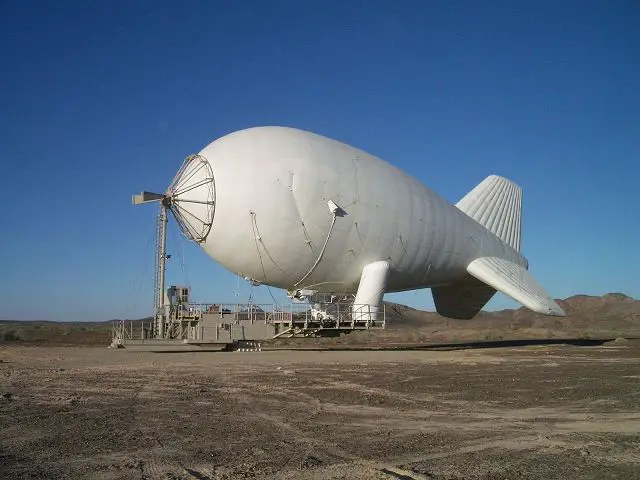CHEYENNE, Wyo. — The demise of the only company that manufactured a device specially designed to spray fire retardant from the back of U.S. military C-130 cargo planes has some experts worried about the future viability of a program that has helped fight wildfires for 40 years.
The Modular Airborne Firefighting System is a bus-sized device that can be shoved into the belly of a cargo plane and then used to spray retardant, or slurry, at 3,000 gallons in less than 5 seconds. The $4.9 million device’s only manufacturer, Sacramento, Calif.-based Aero Union, went out of business in August, and no other company has replaced it. Critical spare parts also are no longer being made.
The MAFFS C130s are operated by three National Guard units and one Air Force Reserve unit in Wyoming, Colorado, North Carolina and California. Wyoming’s MAFFS have been deployed as far away as Indonesia. Last year, MAFFS C-130s flew to wildfires in Arizona, New Mexico, Texas, Oregon and Mexico. They’ve been critical again this year against wildfires in Colorado, Montana, Wyoming and South Dakota.
“Thank God we have them. Can you imagine if we didn’t have them?” said Tony Morris with the Wildfire Research Network, a Pacific Palisades, Calif., group that advocates for improved means to fight wildfires.
Read More.................





